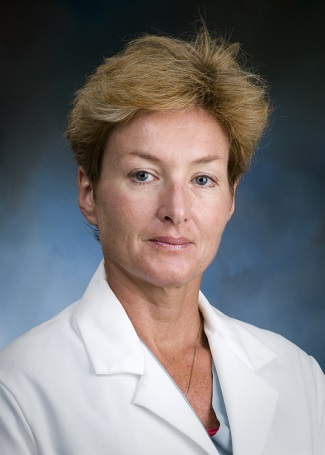 Dr. Lyuba Levine
Dr. Lyuba LevineAmericans are most likely to survive after a cancer diagnosis today compared to any other time in history. About 14.5 million Americans are alive after being told they have cancer, and 2 out of 3 of these will be alive for 5 years or longer after cancer diagnosis.
It is estimated that 585,720 U.S. citizens will be diagnosed with cancer in 2014, and because most of the diagnoses occur in those who are 65 and older, there will be a rapid increase in the number of new cases diagnosed due to a large proportion of aging population.
The side effects of cancer treatment are burdensome for individuals and society. Among patients being treated for cancer, 70 percent to 100 percent are affected by cancer-related fatigue, which can be more distressing and disruptive to daily activities than pain and other side effects.
The impact of this fatigue is profound and pervasive, not only affecting the survivor’s ability to perform daily “life” activities, but also contributing considerable psychological distress that often imposes a significant burden on the individual’s ability to carry on regular work or domestic duties. It is especially significant in women diagnosed with breast cancer when many are in their 40s and 50s and have to care for family and young children.
In addition, cancer survivors are at greater risk for developing other diseases and secondary cancers. Despite the threat of cancer recurrence, it has been documented that cancer patients die at a higher rate than people in the general population from non-cancer causes. The decrease in functional status and increase in disability that result from cancer and its treatment are of significant concern. Cancer survivors have an almost 2-fold increase in having at least one functional limitation. The presence of comorbidities, in addition to cancer history, is associated with impaired functional status. The presence of another comorbid condition increases the chance of dying from non-cancer-related causes.
Obesity and weight gain have been established as negative prognostic risk factors in cancer patients (men and women) because body fat is an important source of growth hormones. The fact that the majority of cancer survivors, especially breast, endometrial and colon, are at increased risk for weight gain, decreasing body fat is becoming a priority in this population.
In 2010, with the support of a President’s Cabinet Award, we launched a pilot Cancer Survivorship program. The program provided comprehensive evaluation and an individualized plan for exercise, nutrition and stress management and, for those who completed their treatment, guidance to achieve “new normal.”
We do not have miracles, but every one of our participants was happy with the assistance they had and acknowledged that the program was more than helpful in allowing them to understand acquired limitations and to assume new and healthy lifestyle.
Based on our data and with the initiative and support of Dr. Victor Sierpina, the UTMB Cancer Center began consulting patients with cancer referred by their oncologist. We developed a number of EMR forms, an intake questionnaire, and a series of evidence-based symptom treatment templates, and an integrative treatment plan template that could be modified according to the patient’s needs, imbedded in their records and shared with other providers.
Guided by Dr. Sierpina, the program currently provides integrative oncology consultation, nutritional evaluation and counselling, acupuncture and referral to physical activity specialists. Patient satisfaction with integrative oncology consultation is high and results are measurable.
Unfortunately some services, including massage therapy are not covered by most insurance carriers creating barriers to expanding the program.
As the number of cancer survivors grow and the need for the services becomes more obvious, we hope that we will be able to deliver extensive prevention and recovery guidance to cancer survivors and their families since these are becoming essential elements in care for cancer patients.